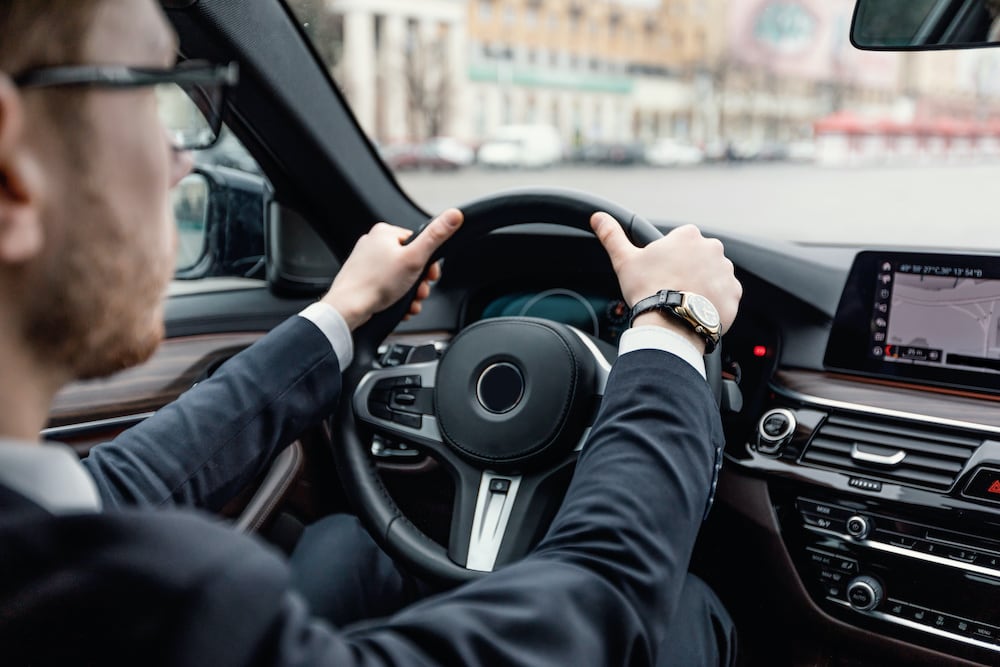
Aggressive driving is defined by the National Highway Traffic Safety Administration (NHTSA) as a combination of moving traffic offenses committed by a driver that endangers other people or property. Aggressive driving includes:
- Speeding
- Tailgating
- Running red lights
- Failure to use turn signals and yield
- Rapid lane changes
Often motivated by anger, aggressive driving is highly dangerous and can result in serious car accidents.
What are Common Causes of Aggressive Driving?
Nowadays, there is significant traffic congestion and longer commute times. The NHTSA cites traffic congestion as one major cause of aggressive driving. Drivers feel compelled to speed, change lanes more often to gain an advantage, and drive aggressively in order to arrive at their destinations on time. Anger and resentment are directed at other drivers.
Other causes of aggressing driving include personality traits and outside factors. Competitive personalities and antisocial personalities are prone to aggressive driving. The relative anonymity of being in a vehicle may also contribute to drivers acting more aggressively than they would in a situation where they could be easily identified. Outside factors that can trigger aggressive driving include noise, heat, traffic, street design, and mobile phones.
How can I Protect Myself from an Aggressive Driver?
Extreme cases of aggressive driving may even escalate to road rage, which is where a driver commits a violent criminal act with the intent to cause physical harm. There are very easy ways to avoid becoming the victim of an aggressive driving accident. The first step is to avoid behaviors that aggravate other drivers, such as the following:
- Driving Slowly in the Left Lane: Be courteous and reserve the left lane for passing only.
- Gesturing: Obscene gestures or even shaking one’s head can all provoke anger in another driver.
- Cutting off Another Driver: Leave plenty of room when merging or changing lanes.
- Tailgating: Following another car too closely can be seen as a provocation. Leave enough space between one’s car and the car in front so that there is room to react in an emergency.
Sometimes, an aggressive driver appears on the road without provocation. In this case, do not engage with them or react to their behavior. Instead, give them plenty of room, avoid making eye contact, and if it is possible, safely pull over to a location where there are other people around and call the police for help.
If one is injured in an aggressive driving accident, it is advantageous to speak to a lawyer as soon as possible. A lawyer will help with a personal injury claim or other possible suits.
Car Accident Lawyers at the Falcon Law Firm, LLC Defend Injured Victims of Aggressive Driving Accidents
If you have a severe car accident injury because of an aggressive driver, one of our car accident lawyers at the Falcon Law Firm, LLC can help you. Our experienced legal team provides personalized representation to every one of our clients. Call us at 732-454-3306 or complete our online form for a free consultation today.


